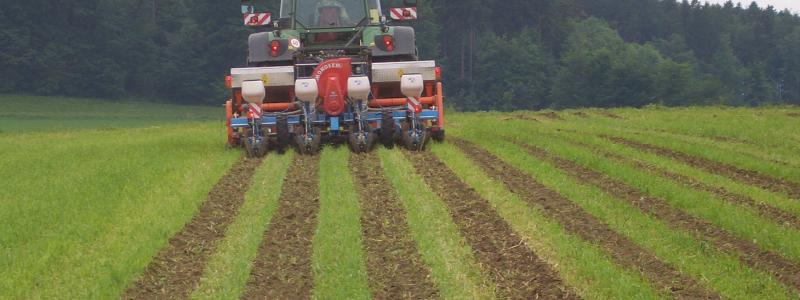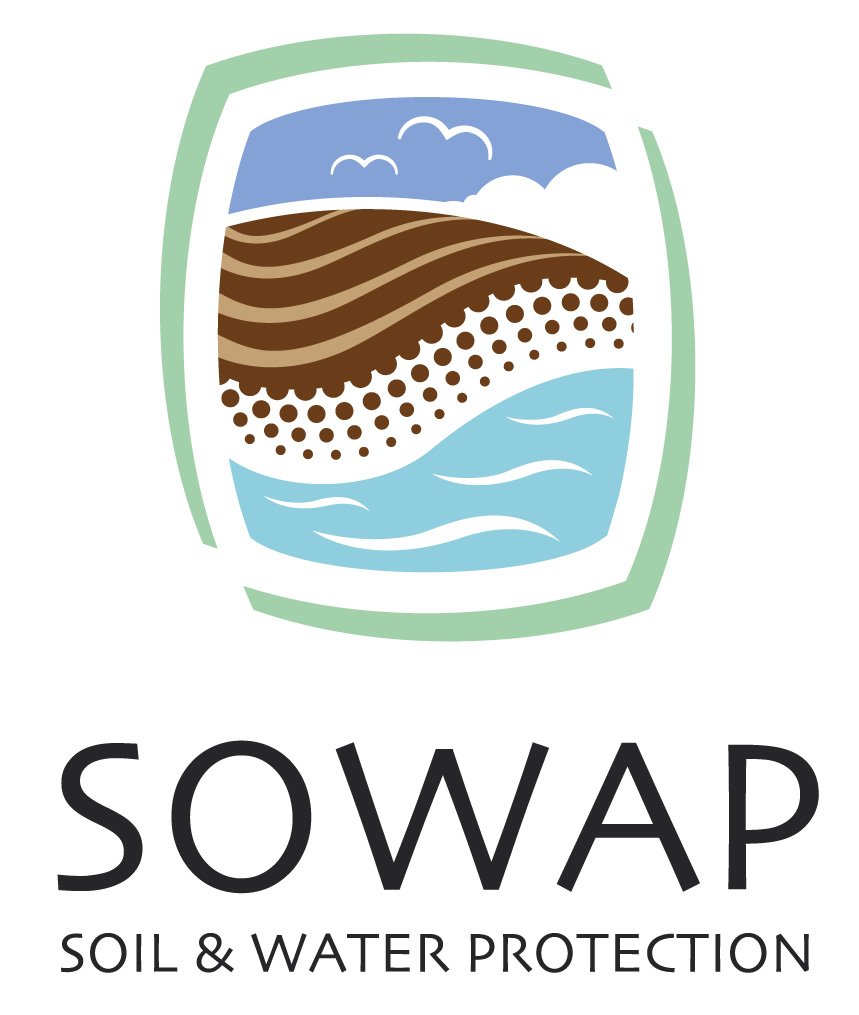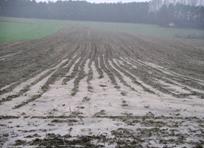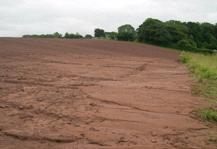
Background
 Soil and Water Protection (SOWAP) - collaborative activity by industry, NGOs, academic institutions and farmers to address the concept of conservation tillage in the UK, Belgium and Hungary and the Czech Republic.
Soil and Water Protection (SOWAP) - collaborative activity by industry, NGOs, academic institutions and farmers to address the concept of conservation tillage in the UK, Belgium and Hungary and the Czech Republic.
Main topics addressed are: Nutrient loss | Terrestrial ecology | Catchment ecology | Yield
Soil and Water Protection in Northern and Western Europe (SOWAP) is a EU-Life/Env.-supported project jointly implemented by Syngenta, ISRIC, the University of Leuven, Vaderstad (minimum tillage machinery manufacturer), the Geographical Research Institute of the Hungarian Academy of Sciences, as well as a variety of national partners. SOWAP aims to assess the viability of a more “conservation-oriented” agriculture, with fewer tillage operations while minimising negative impacts on the environment. SOWAP will work at the farm scale, although detailed monitoring will take place at the plot level, allowing sufficient resolution and replication of data.
 |
 |
| Sealing after rainfall on part without crop residue | Erosion on a ploughed field in Somerset, UK |
SOWAP focus is on the UK and Belgium, Hungary and the Czech Republic. Field sites (at the farm scale) with collaborative farmers are identified for each country, and a form of conservation tillage system will be applied at each site, with details of implementation depending on the local conditions and farmer preference. Consultation and participation by all stakeholders is critical to the success of SOWAP. Besides agronomic aspects the ecological impacts on for instance wildlife (birds in particular), insects and aquatic species will be monitored, as well as soil biological aspects (earthworms, microbiology). The economic viability of these tillage systems will also be assessed. This will enable to demonstrate the economic advantages and disadvantages, which is one of the most important key aspects for farmers.
These case studies are documented and evaluated through the standardised method developed by the World Overview of Conservation Approaches and Technologies programme (WOCAT). The WOCAT methodology is currently used by more than 35 national and regional institutions worldwide for documenting and evaluating case studies of soil and water conservation (SWC).
The methodology comprehensively assesses the benefits, advantages and disadvantages as well as the bio-physical and socio-economic environments of the various practices being implemented.ISRIC represents WOCAT within SOWAP.
SOWAP runs from 2003 till 2007, but some follow-up activity is envisaged. The budget for the current project period is € 4M.
Some preliminary results from SOWAP are given below:
Nutrient loss
- In the UK , concentrations of Nitrogen and Phosphorus in eroded sediment are lower for the conservation tillage treatments. At one of the sites, conservation tillage also reduces the levels of Phosphorus in runoff. There is no effect of soil management on the loss of carbon in sediment or runoff.
Terrestrial Ecology
- Conservation tillage favours earlier skylark nesting, and may increase the length of the effective breeding season. However, this observation may be due to the interaction between wide-row spacing and the large quantities of residue in the no-till system practised on this particular farm
- Soil microbial community structure is significantly affected by tillage type at both UK field sites. Ploughing results in greater variation in the microbial community structure than in soils under conservation tillage.
Catchment Ecology
- In ploughed catchments, there was a slight decrease in invertebrate species richness compared to conservation tilled and semi-natural catchments.
- Gammarus pulex (a freshwater shrimp) was more abundant in ploughed catchments, possibly due to reduced competition from smaller populations of more sensitive species
- Stoneflies, the most sensitive macro-invertebrate group to environmental stress, were significantly less frequent in cultivated landscapes than woodland
- Initial results for diatoms indicate that there are differences in some key indicator species between conservation tilled and ploughed catchments suggesting that more eutrophic conditions may exist in the latter.
Yield
- With the second SOWAP harvest complete, crops grown under conservation tillage produce similar yields to those established by ploughing. However for conservation tillage techniques, the risk of getting lower yields increases as tillage intensity decreases